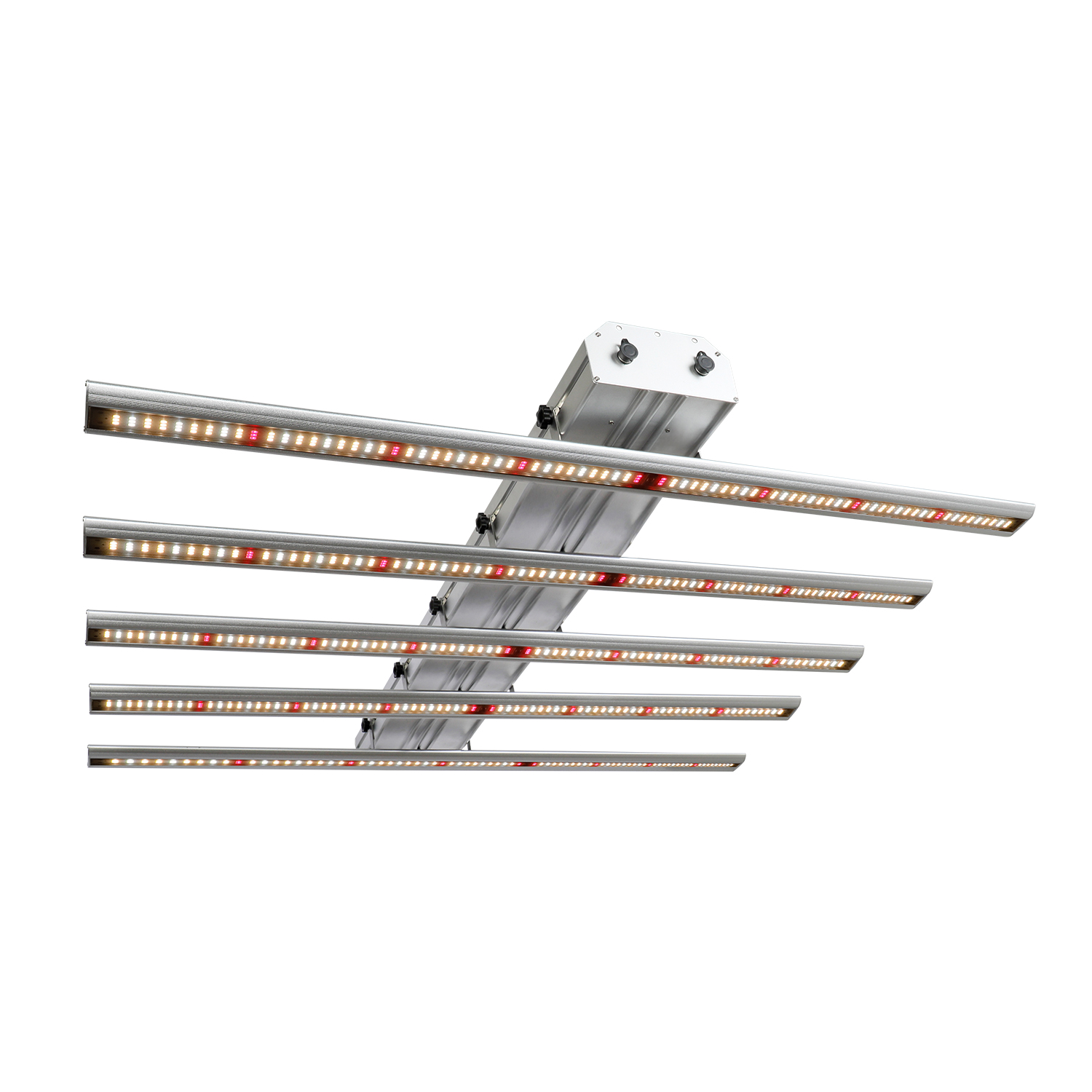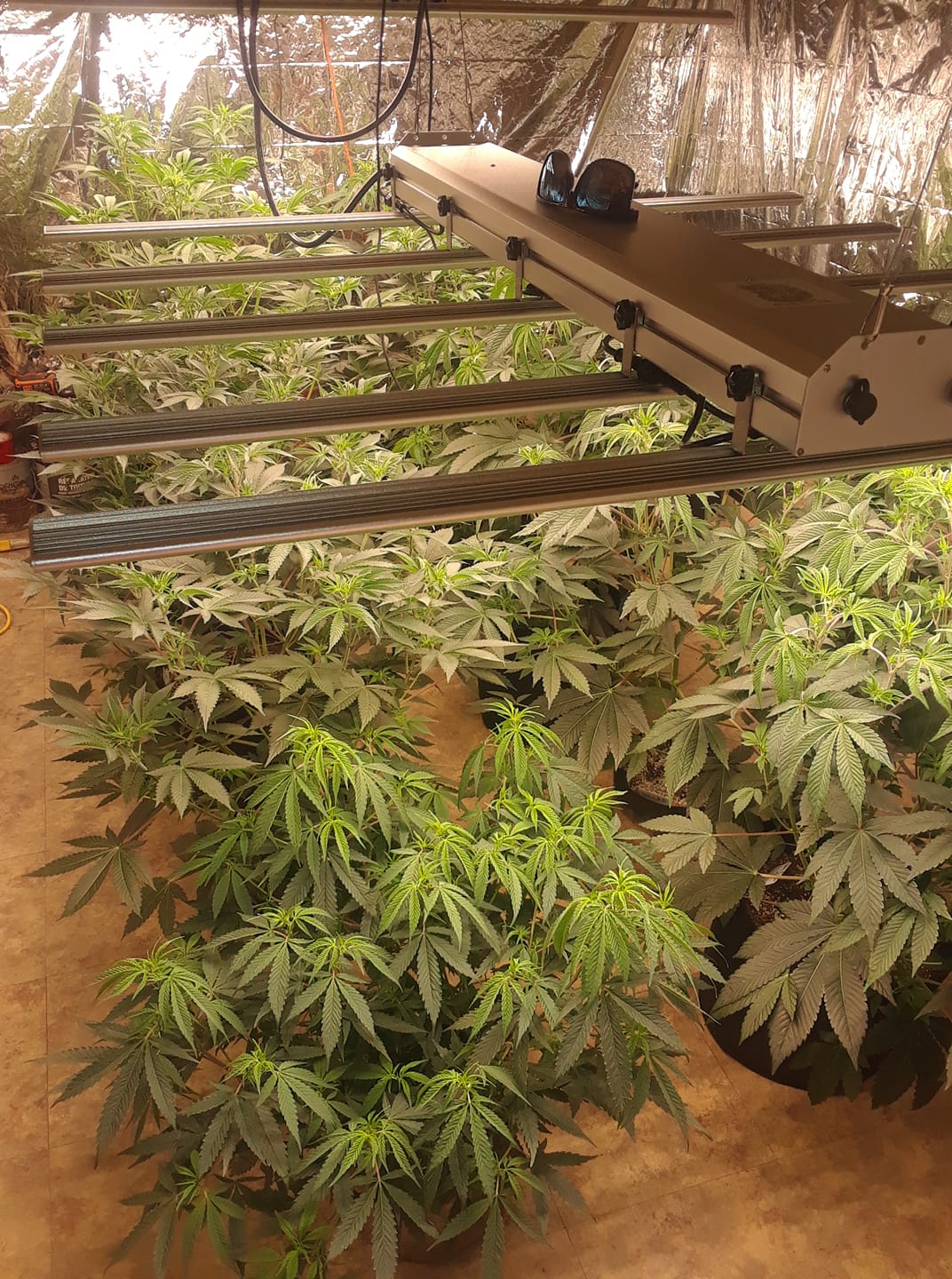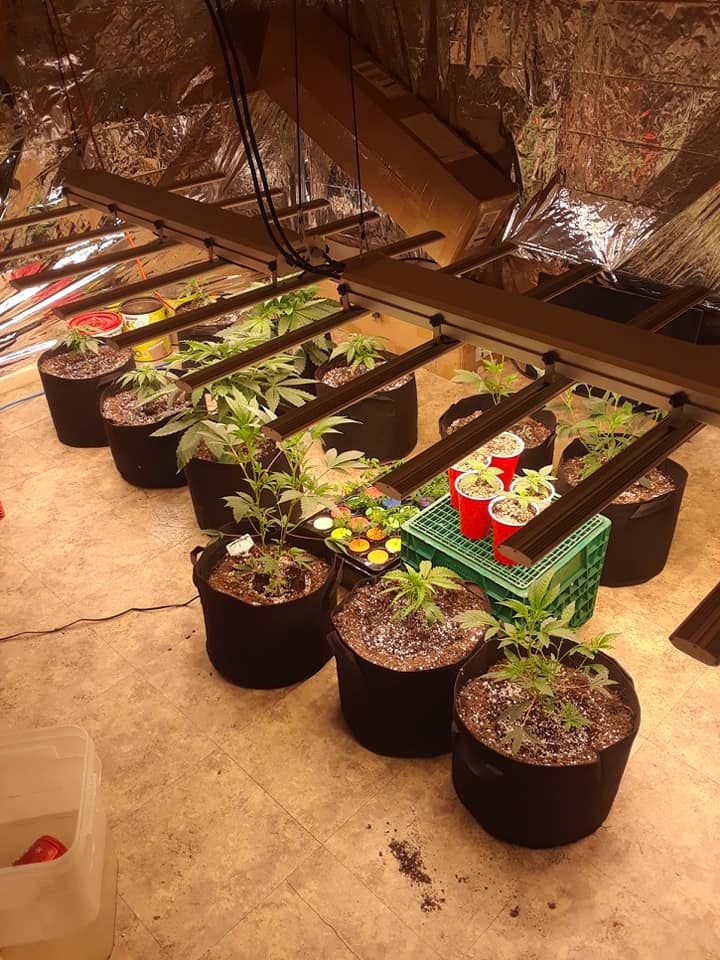Shanxi Machinery 2.2 wear test can be, with the increase in the lake's titanium content, the wear of brass gradually decreased, indicating that trace boron and titanium can significantly improve the island's wear resistance. Nine 2.3 mechanical properties tensile test Ming, titanium content with the shed, With the increase of 6, the tensile strength has been improved obviously, up to 698%. The content of brass boron and titanium has a linear increase in the hardness and wear curve 1 of brass. The hardness of brass increases from + The increase of 229 to 2691 after addition of boron and titanium can be seen that the hardness after boron and titanium addition is increased by about 30 signals 40, that is, titanium has a significant strengthening effect on the copper alloy.
Under certain conditions, it is necessary to use the electrical conductivity and thermal conductivity of copper, as well as good wear resistance, resulting in the continuous emergence of special brass. This article is based on the special brass mortar, through the addition of boron and titanium alloy elements , to study the effect of these elements on the microstructure and properties of brass.
1 Test conditions Melting graphite crucible boiler. The raw materials used for the test are copper plate 99.9, zinc ingot 2 for 99.99, aluminum ingot 199.9 metal model tensile test sample size (4) middle and upper sample size for 55 graphite crucible inner diameter of 07, and the main ingredient for gold is 2 off 2 Double, 41 like 1 take off, the rest and special elements of lesser.
Put the raw materials of the scales into the graphite crucible in order, cover them with a piece of ink, and heat it to about 1200°C. After the charge is completely melted, add the refining agent, mix and cool to 0,1 properly, and then release. Relief, pouring into the metal mold, cast into a gold ingot or sample.
Performance test using 151 type material tensile tester for tensile test; 50564 type impact machine for testing the initial impact; use only Model 30006 Brinell hardness tester and similar type 1 microhardness tester for hardness test; use the PCT type 23 wear tester The wear properties were measured; the microstructures were observed using a few type-2 vertical metallographic microscopes. 2 test results The test results show that changing the content of boron and titanium in the copper alloy will change the size and quantity of the first phase in the alloy, and the strength, hardness, plasticity and toughness of the alloy will change.
2.1 Hardness master student; Zhao Haofeng 1957, male, Shanxi Tairen, Director of the Foundry Teaching Office of Taiyuan University of Technology, Professor, Master Tutor, PhD candidate.
Influence of Bismuth-boron Alloying Elements on the Properties of Special Copper Alloys Zhang Liping, Qian Jifeng, Zhao Haofeng.21. Taigang Workers Steel Institute, Taiyuan 030003, Shanxi, China; 2. Taiyuan University of Technology, Taiyuan 030024, Shanxi, China The strength and hardness. To improve its wear resistance, although the plasticity is reduced, it does not seem to affect its overall performance strength and impact energy curve. However, Boron and Titanium slightly reduce the impact energy. The sexiness is still quite good. Elongation can still reach above, without affecting its processing and forming ability.
Tensile strength; Impact energy 24 Microstructure changes With the boron-titanium content, plus, alloy, weaving in the emergence of a new phase of plum-like, outside gradually increased, sister-in-law weaving was refined through the microhardness test, The quincunx microhardness was 453.1, which was 462.8, which was nearly double that of the matrix hardness of 209HV246.1flV. It showed that the hardness of the hard particle phase was increased after the addition of boron and titanium, and the volume fraction was also increased, which increased the copper alloy. Abrasion Resistance 3 Discussion 3. Effect of alloying elements on strength Gold, quality, and deformation are achieved through the movement of dislocations to achieve less resistance. The lower the intensity. It seems that when the dislocation increases to the fixed number, due to the interaction between bit lead and dislocation and other defects. The strength of the metal increases as the dislocation density increases. Therefore, the dislocations are both the reason for the weakening of the actual strength and the reason for its strengthening. The wood experiment uses the alloying element n3 butan for copper alloys to enhance the inward dissolution of the crucible, and the main path is the surrounding effect of the lead on the particle and the cutting of the lead to the particle. effect. 2, with the tensile strength, the increase in the content of the increase is due to the lead on the particle surrounding the role of the role and the cutting effect is enhanced, but later with the increase in the content of 8 is reduced by adding too much boron and titanium, will The resulting hard particle phase accumulates in the block and does not provide the effect of dispersion strengthening, thereby reducing the strength.
3.2 The impact of alloying elements on the wear resistance The alloying elements can be dissolved in the matrix to strengthen the matrix and increase the surface temperature of the solid solution. If the material, high resistance, and fire softening ability, the hardness will not decrease as the temperature increases. Therefore, the wear resistance is based on the abrasive wear model proposed by 010 and derived and inversely proportional to the hardness of the material being ground. The copper alloys studied in this paper have only formed a new first phase material point after adding only 1, and met the measured Brinell hardness and microhardness. It was found that the hardness of the copper alloy substrate and the hardness of the 笫 phase phase were higher than that of the original alloy. After adding 1, the wear resistance of the copper alloy was improved, and the wear resistance of the copper alloy was tested in order to verify the wear resistance of the copper alloy. In the range of 1.00 and 0.07, the hardness of the copper alloy increased with the increase of the amount of boron and titanium. Its wear resistance is also improved and the overall performance is still good.
4 Conclusions 4.1 Boron-titanium can refine the grains of copper alloys and strengthen the alloys. The strength and hardness are all mentioned, but the plasticity is not reduced and the overall performance is still good.
4.2 After the addition of boron-titanium, the plump-like phase-phase particles appeared in the copper alloy, with high hardness, and the dispersion of erbium dispersed, which increased the hardness of the copper alloy. Thus to discuss the wear resistance of 4.3 boron titanium in copper containing the best amount of gold, 4.4 to improve the abrasion resistance from the two reasons, the hardness of the mention, the microstructure is reasonable. Hard spots are distributed on the soft substrate.
Decentralized reinforcement increases the dislocation density and hindrance of dislocation movement. Thus, the solute atoms in the strength product of the copper alloy can be caused to undergo lattice distortion irrespective of the gap type or the substitution type. In the presence of dislocations in the crystals forming the stress field, the dislocation stress field and the solute-like stress field will give rise to the effect of coexistence and formation of the Coriolis gas. The existence of the Ke's gas cloud makes the movement of the dislocations limited. In this case, dislocations must be closed, bound, and in other respects, the solute-like susceptor can be used to move the frictional resistance of the dislocation movement so that the matrix can be strengthened. The copper alloy studied in this experiment contains 笫-phase, which is typical. The situation is that there is a mesophase-like mellow-like neolitic phase distributed on the base of the osmotic solution matrix. When the first-phase dispersed particles are distributed in the matrix phase, a significant dispersion strengthening effect will occur. According to the theory of dislocations, decentralized reinforcement is caused by the redundant interaction between the sliding lead and the first phase. Intensified Niu Guangtian. Wear-resistant Wuxi bronze mortar. Special Casting and Nonferrous Longchang. Wear resistant bronze. Special casting and non-ferrous alloys, Hu Dalu. Study on Microstructure and Properties of New High Strength Wear Resistant Bronze . The ratio between the calculated results of this case in the case of a colored species and the computed length in the literature 3 is the ratio of the minimum and maximum moments of inertia in the cross section, that is, production 5 Conclusion 5.1 The stability calculation of the variable cross section compression bar using the finite element method Result 5 is more accurate than wrong. 1 Less than bright This is a very effective numerical method and has a good engineering application value.
5.2 Through the analysis of a large number of calculation results, we believe that the calculated length factor of the variable cross-section compression struts should not be regarded as the product of the bearing influence coefficient and the cross-sectional change influence coefficient 2, so that it is necessary to rectify this question in the literature 2 by Xia Zhibin. Structural stability theory old. Beijing Higher Education Press, 1989.8910L Hu Zongwu. Crane design calculations. Beijing Beijing Science and Technology Press I3, Jin Zengke. Longitudinal bend 1. Twisting old. Maritime Science and Technology Continued on page 5
Phlizon specialize in LED Grow Lights for for various fields such as medical, government, military, commercial, and agriculture.More than 10 years experience research and development team focus on Grow Light .Many gained the National Patents,all products passed FCC and ETL certifications. We offer High quality with the most cost-effective price.


Phlizon grow bar series are the best solution for various urban farming systems., full spectrum led grow light bars for plants growing,designed specifically for use as supplemental greenhouse lighting. Each bar 80W power.4 bars,6 bars ,8 bars 10 bars ,12 bars for choice.Adjustable bar quantity to make much more convenient repair and replacement in the future.Safety FCC ETL Certified and IP54 Rated.Passive cooling,extrusion pure aluminum can 100% ensure heat dissipation. Plants will grow better under the Full Spectrum LED Grow Lights, as well their yield. will increase hugely.
With a set of grow light bar, you can grow many plants indoors, including houseplants, orchids, and even some fruit and vegetable crops. Grow lights are ideal for seed starting because they help ensure stocky, green seedlings. A wintertime harvest of herbs and salad greens can also be grown under lights. By learning how plants use light and about the fixture options, you can select an indoor grow lights system that is right for the plants growing
Features:
High power brand Samsung 5630 led with high par vauleFull Spectrum Grow Light mimics natural sunlight for different period of growth
Customizable spectrum,any spectrum can be OEM/ODM,at any stage of growth accordingly
APP WIFI to make operation.Standard without dimming,dimming with different PPFD
Aluminum material and heat-dissipation design
Passive cooling,no fans,no noise
Energy saving,enviromental friendly
Adjustable bar quantity to make much more convenient repair and replacement
3-5 years Warranty

Hydroponics,Horticulture,Agriculture and Greenhouse
Locations:Farm,Exhibition,Garden,Home,Urban,Bonsai,and University Lab
Growth of Fruits,Vegetables,Flowers and so on
Seeding,Rooting,Breeding,Flowering and Fruiting period



Dimmable Led Grow Bars,640W Led Grow Light,Medical Flowers Grow Bars,Led Grow Light 8 Bars
Shenzhen Phlizon Technology Co.,Ltd. , https://www.szledaquariumlighting.com
